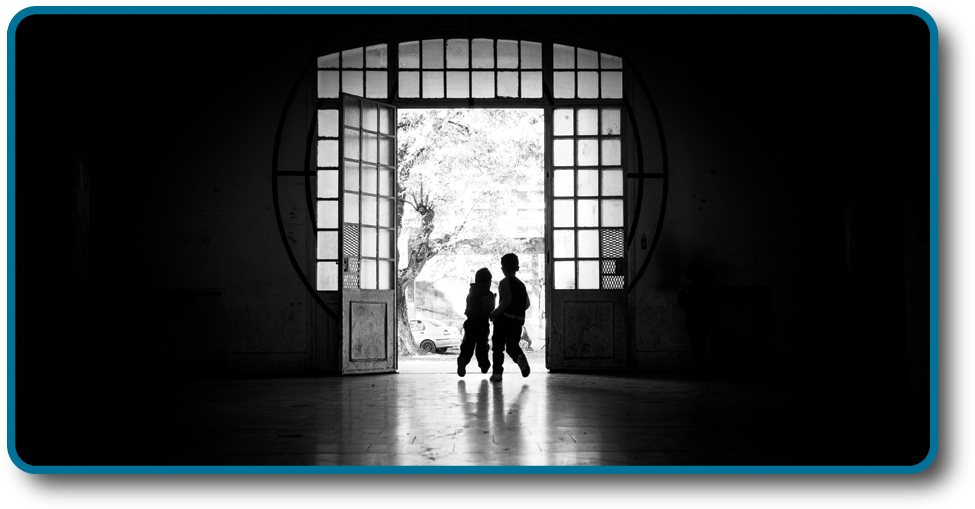| << Chapter < Page | Chapter >> Page > |

Three months before William Jefferson Blythe III was born, his father died in a car accident. He was raised by his mother, Virginia Dell, and grandparents, in Hope, Arkansas. When he turned 4, his mother married Roger Clinton, Jr., an alcoholic who was physically abusive to William’s mother. Six years later, Virginia gave birth to another son, Roger. William, who later took the last name Clinton from his stepfather, became the 42nd president of the United States. While Bill Clinton was making his political ascendance, his half-brother, Roger Clinton, was arrested numerous times for drug charges, including possession, conspiracy to distribute cocaine, and driving under the influence, serving time in jail. Two brothers, raised by the same people, took radically different paths in their lives. Why did they make the choices they did? What internal forces shaped their decisions? Personality psychology can help us answer these questions and more.
Adler, A. (1930). Individual psychology. In C. Murchison (Ed.), Psychologies of 1930 (pp. 395–405). Worcester, MA: Clark University Press.
Adler, A. (1937). A school girl's exaggeration of her own importance. International Journal of Individual Psychology, 3 (1), 3–12.
Adler, A. (1956). The individual psychology of Alfred Adler: A systematic presentation in selections from his writings . (C. H. Ansbacher&R. Ansbacher, Eds.). New York: Harper.
Adler, A. (1961). The practice and theory of individual psychology. In T. Shipley (Ed.), Classics in psychology (pp. 687–714). New York: Philosophical Library
Adler, A. (1964). Superiority and social interest . New York: Norton.
Akomolafe, M. J. (2013). Personality characteristics as predictors of academic performance of secondary school students. Mediterranean Journal of Social Sciences, 4 (2), 657–664.
Allport, G. W.&Odbert, H. S. (1936). Trait-names: A psycho-lexical study. Albany, NY: Psychological Review Company.
Aronow, E., Weiss, K. A.,&Rezinkoff, M. (2001). A practical guide to the Thematic Apperception Test. Philadelphia: Brunner Routledge.
Bandura, A. (1977). Self-efficacy: Toward a unifying theory of behavioral change. Psychological Review, 84, 191–215.
Bandura, A. (1986). Social foundations of thought and action: A social cognitive theory . Englewood Cliffs, NJ: Prentice Hall.
Bandura, A. (1995). Self-efficacy in changing societies. Cambridge, UK: Cambridge University Press.
Benassi, V. A., Sweeney, P. D.,&Dufour, C. L. (1988). Is there a relation between locus of control orientation and depression? Journal of Abnormal Psychology, 97 (3), 357.
Ben-Porath, Y.,&Tellegen, A. (2008). Minnesota Multiphasic Personality Inventory-2-RF. Minneapolis, MN: University of Minnesota Press.
Benet-Martínez, V.&Karakitapoglu-Aygun, Z. (2003). The interplay of cultural values and personality in predicting life-satisfaction: Comparing Asian- and European-Americans. Journal of Cross-Cultural Psychology, 34, 38–61.

Notification Switch
Would you like to follow the 'Psychology' conversation and receive update notifications?